Pen-y-Gaer Hill Fort
A Bronze Age hill fort can be found on the summit of Pen-y-Gaer, close to the village of Llanbedr-y-Cennin to the south of Conwy. The fort had quite complex defences, including three ramparts in places, and some short standing stones (a sort of chevaux de frise) to act as obstacles to both cavalry and infantry.

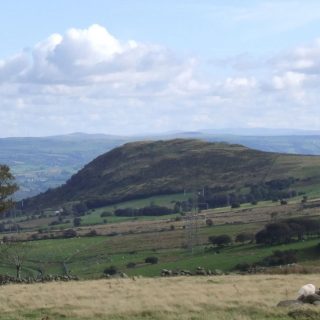
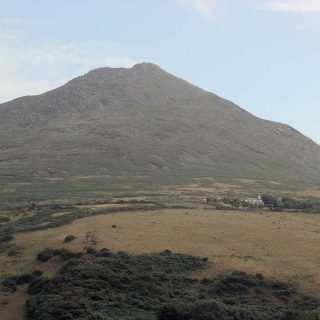
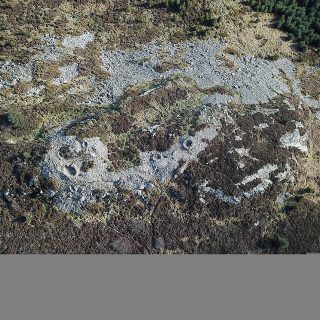
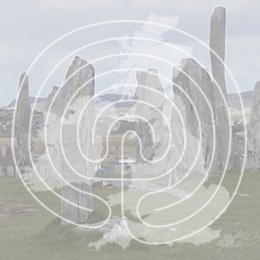
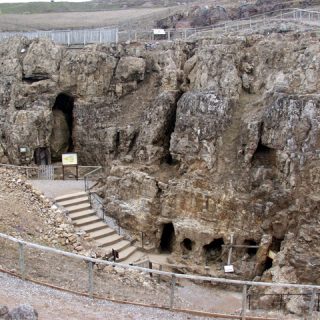
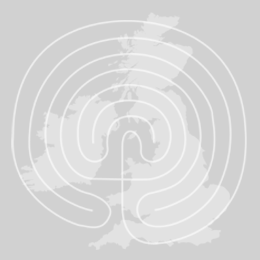
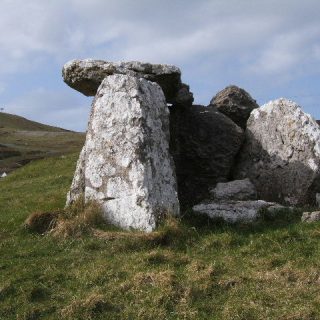
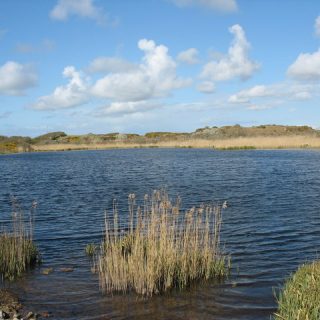
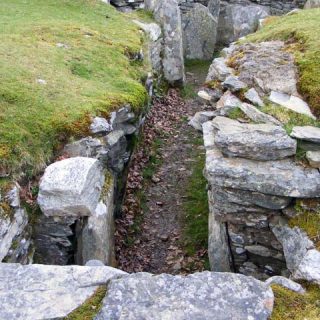
Recent Comments